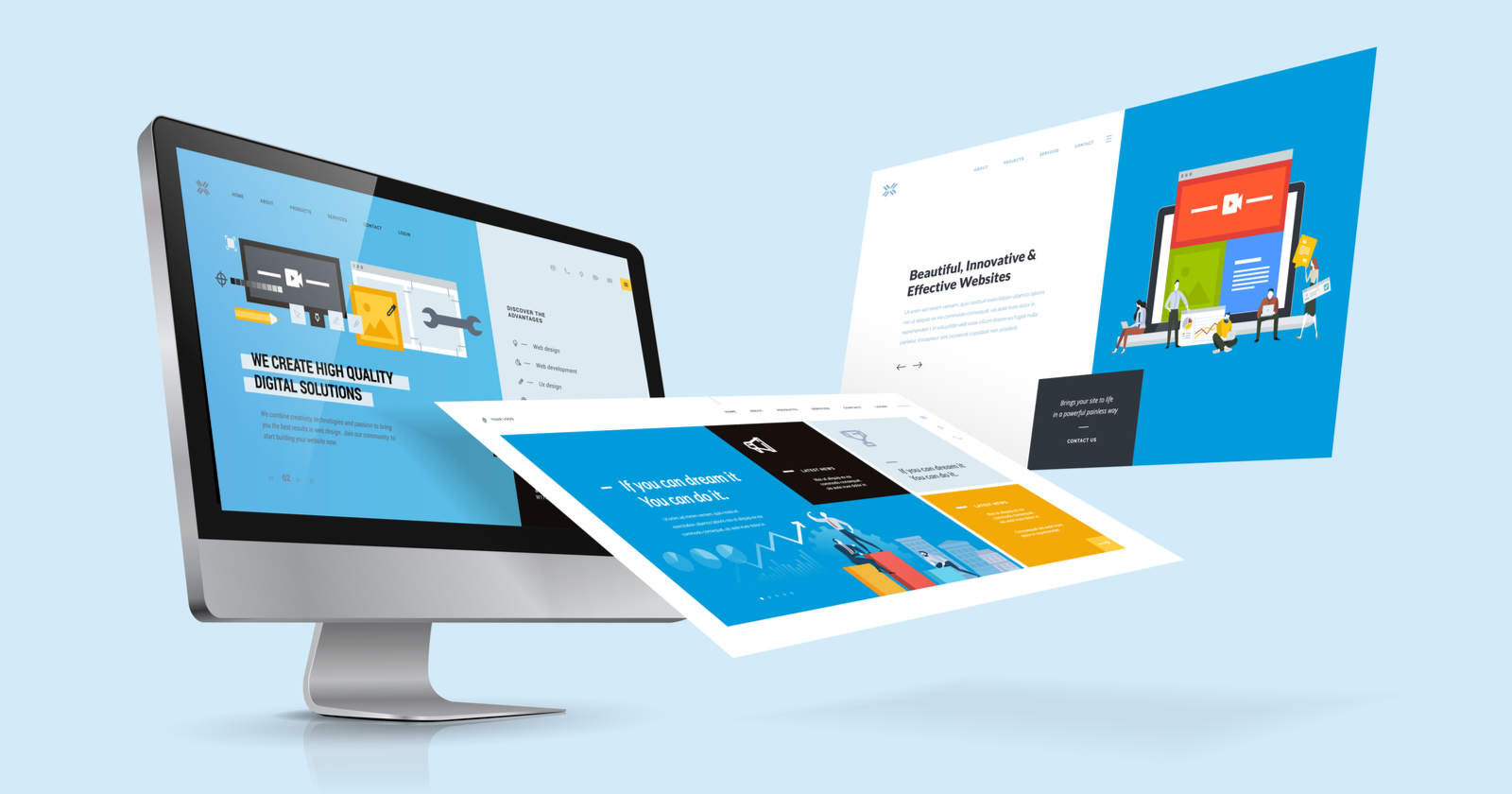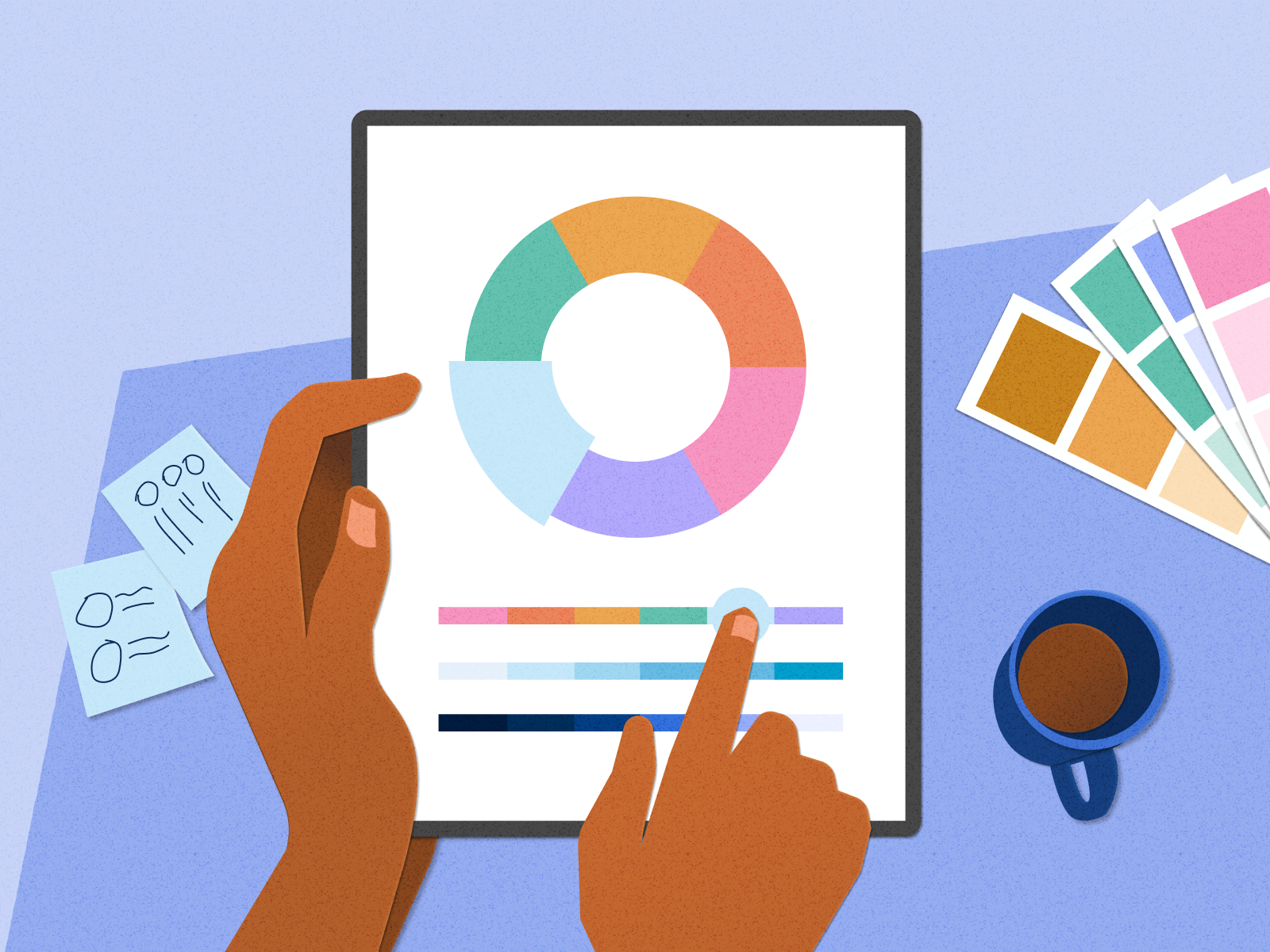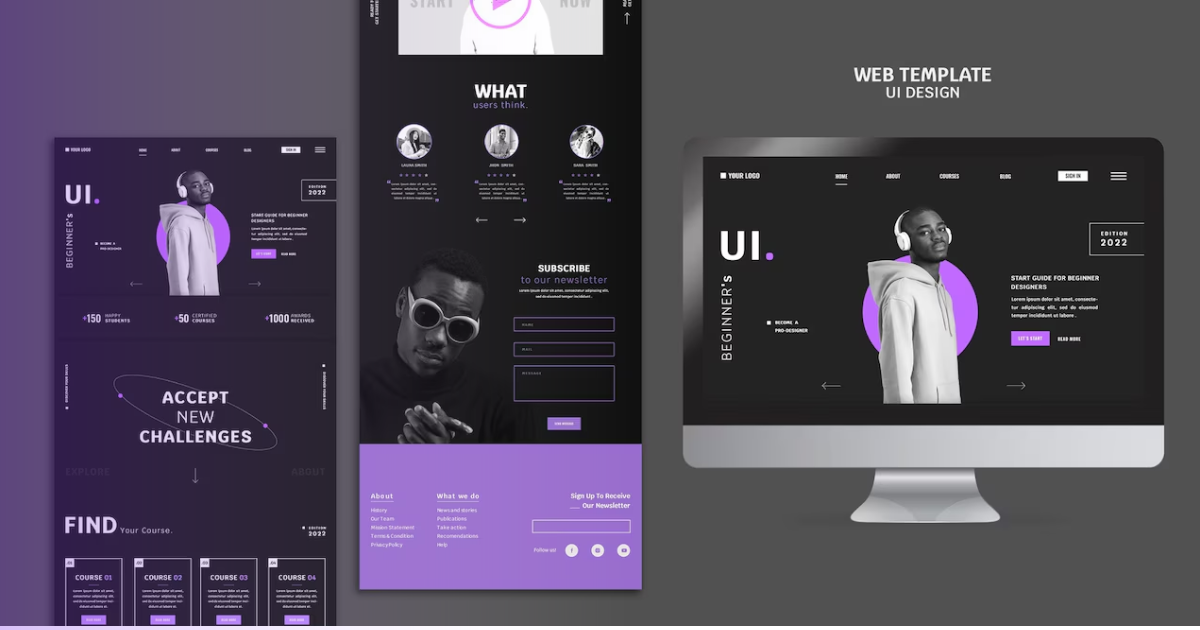Aligned Position Web Design: Creating Custom Websites That Drive Traffic and Increase Conversions
Aligned Position Web Design: Creating Custom Websites That Drive Traffic and Increase Conversions
Blog Article
The Very Best Kinds of Web Layout to Improve User Experience and Interaction
In the ever-evolving landscape of electronic communication, the efficiency of Web layout significantly influences customer experience and involvement. Different style methods, such as minimalist, responsive, and interactive designs, each deal unique advantages that can provide to varied user demands. Comprehending which sorts of website design best serve these goals can be essential for services intending to boost consumer satisfaction and retention. Nonetheless, the inquiry continues to be: which layout aspects genuinely resonate with customers and foster meaningful engagement? The exploration of these principles reveals vital understandings that may redefine your approach to Web style.
Minimalist Web Design
As electronic landscapes come to be increasingly messy, minimal Web style has emerged as a powerful approach to improving customer experience. This layout philosophy prioritizes simplicity, focusing on necessary elements while eliminating unneeded diversions. By making use of ample white room, simple navigating, and a limited color scheme, minimal layout fosters clearness and routes user attention to vital web content.
The core concept of minimalist Web layout is to create a smooth interaction for individuals. By decreasing cognitive load, customers can promptly understand details without really feeling bewildered. This direct approach not only boosts usability yet also urges interaction, as site visitors are more probable to check out a website that is very easy and visually appealing to navigate.
Additionally, minimal design often stresses typography and imagery, using these aspects tactically to communicate messages properly. This emphasis on essential parts can enhance brand identity and develop an unforgettable user experience. Basically, minimalist Web layout is not simply a trend; it is a thoughtful method that recognizes the value of user-centered style. By removing nonessential elements, developers can create a much more engaging, effective, and delightful Web experience for all users.
Receptive Web Style
In today's varied electronic environment, responsive website design has actually come to be vital for developing a seamless user experience throughout a wide variety of tools. As customers access websites on smartphones, desktops, tablet computers, and laptop computers, the ability of a web site to adapt its format and material to various display sizes and resolutions is critical.
Receptive website design employs flexible grids, photos, and CSS media queries to make sure that Web content is provided efficiently, no matter of the device made use of. This strategy not only enhances the aesthetic allure of a web site but additionally dramatically enhances usability. Users are a lot more likely to engage with a website that uses a consistent experience, as it gets rid of the aggravation of needing to zoom in or scroll excessively.
Moreover, online search engine, including Google, focus on mobile-friendly websites in search positions. By taking on responsive design, companies can enhance their visibility and get to a wider target market. This method likewise simplifies web site maintenance, as a single variation of the site can cater to all devices, lowering the need for multiple variations. In summary, receptive website design is an essential practice that enhances individual experience, involvement, and general contentment.
Interactive Web Layout
Responsive Web layout lays the groundwork for boosting individual experience, but interactive website design takes this an action additionally by engaging users in an extra vibrant method - Aligned Position Web Design. By including components such as animations, clickable prototypes, and real-time comments, interactive Web layout mesmerizes users, attracting them right into a richer surfing experience
This approach not just cultivates interaction however additionally motivates users to check out content proactively instead of passively consuming it. Methods such as gamification, where customers gain rewards for completing tasks, can significantly boost the moment spent on a site and boost total contentment. Interactive features can streamline complicated info, making it extra satisfying and absorbable.

Including interactive design components can additionally result in higher conversion prices, as users are extra most likely to involve with a website that proactively entails them. Aligned Position Web Design. Ultimately, interactive Web layout changes user experiences right into memorable trips, ensuring that site visitors return time and once more
Flat Style
Defined by its minimalistic strategy, level style stresses simplicity and capability, removing unnecessary elements and concentrating on essential features. This design philosophy prioritizes functionality, guaranteeing that individuals can navigate interfaces easily and efficiency. By utilizing a tidy visual, level layout gets rid of the clutter commonly found in more elaborate designs, thereby improving customer concentrate on web content and capability.
The hallmark of flat layout depends on its use strong colors, basic typography, and geometric forms. These aspects contribute to a visually enticing user interface that is both contemporary and friendly. In addition, level layout cultivates a feeling of quality, allowing users to discern important activities and information without disturbance.
Additionally, flat layout is particularly visit the website effective in receptive Web design, as its simplicity equates well throughout various devices and screen dimensions. By focusing on necessary attributes, level design not just satisfies customer requirements but likewise motivates smooth interaction, making it a crucial component of effective Web style approaches.
Flexible Website Design
Adaptive website design personalizes the user experience by developing multiple fixed designs customized to different screen sizes and tools. Unlike responsive layout, which fluidly changes a solitary design, flexible style employs distinctive formats for certain breakpoints, guaranteeing ideal discussion on different systems. This strategy permits developers to concentrate on the one-of-a-kind qualities of each gadget, enhancing use by delivering precisely what individuals need based on their context.
One of the key benefits of adaptive website design is its capacity to enhance load times and performance. By serving customized web content and pictures that fit the user's tool, web sites can reduce information usage and boost loading speeds. This is particularly advantageous for users with slower connections or minimal information strategies.

In addition, flexible style helps with an extra controlled and regular branding experience. Since designers develop several formats, they can guarantee that the visual elements straighten with the brand name's identification across various platforms - Aligned Position Web Design. This results in a cohesive customer experience, enhancing engagement and advertising you can find out more user retention
Conclusion
Finally, the combination of minimalist, responsive, and interactive Web style concepts considerably boosts individual experience and engagement. Minimalist design promotes clearness and emphasis, while responsive style guarantees versatility throughout different devices, promoting access. Interactive layout astounds customers via vibrant aspects, encouraging expedition and customization. Jointly, these layout comes close to contribute to the creation of easy to use settings that not only boost satisfaction however likewise drive higher conversion prices, underscoring their vital importance in modern Web style approaches.

Minimal layout cultivates quality and focus, while responsive design makes sure flexibility throughout numerous gadgets, advertising accessibility. Collectively, these layout approaches add to the creation of user-friendly atmospheres that not just improve contentment yet also drive higher conversion prices, emphasizing their critical importance in contemporary Web design techniques.
Report this page